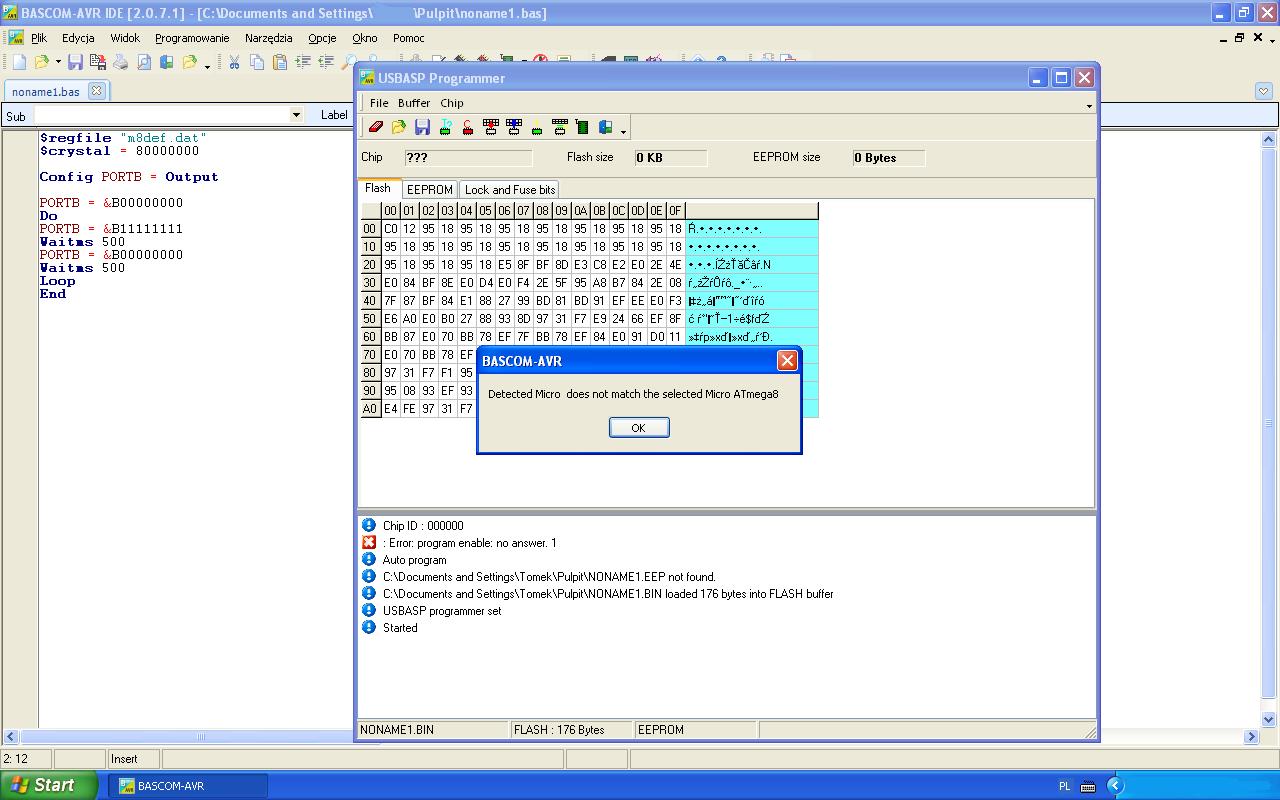

However, the complexity of these rules has not been examined statistically for the most elaborate avian singers. Recent studies suggest that bird songs may contain non-adjacent dependencies where the choice of what to sing next depends on the history of what has already been produced. The neural basis of these long-range correlations may provide insight into how complex behaviors are assembled from more elementary, stereotyped modules.īird songs range in form from the simple notes of a Chipping Sparrow to the complex repertoire of the nightingale. We show that the ordering of phrases is governed by long-range rules: the choice of what phrase to sing next in a given context depends on the history of the song, and for some syllables, highly specific rules produce correlations in song over timescales of up to ten seconds. Phrases are defined by a fundamental time-scale that is independent of the underlying syllable duration. Here we examine the song of the domesticated canary, a complex singer whose song consists of syllables, grouped into phrases that are arranged in flexible sequences. Non-adjacent correlations can be found in the syntax of some birdsongs, indicating that the choice of what to sing next is determined not only by the current syllable, but also by previous syllables sung.

The same procedure was used to set and r, which had negligible effects on model performance (data not shown).īird songs range in form from the simple notes of a Chipping Sparrow to the rich performance of the nightingale. Below this point, performance on the test set degrades and sharply diverges from training set performance. In each case, the optimal performance on the test set occurs when or. Overfitting leads to a decline in performance on the test set, or increased negative log-likelihood. Also shown is the average maximum order of the PSTs for a given value of. The plot shows the mean of the negative log-likelihood across cross-validation fits for the training and testing data for all 6 birds (error bars indicate the 25 th and 75 th percentiles). This parameter defines the minimum rate of occurrence for a sequence to be considered for incorporating into the PST.

Here we show cross-validation results as a function of the PST parameter. As a measure of model performance we used average negative log-likelihood. To select the parameters used in the PST algorithm, we used a 10-fold cross-validation procedure repeated 3 times (with different data splits). Figure S7: Using cross-validation to verify PST fits.


 0 kommentar(er)
0 kommentar(er)
